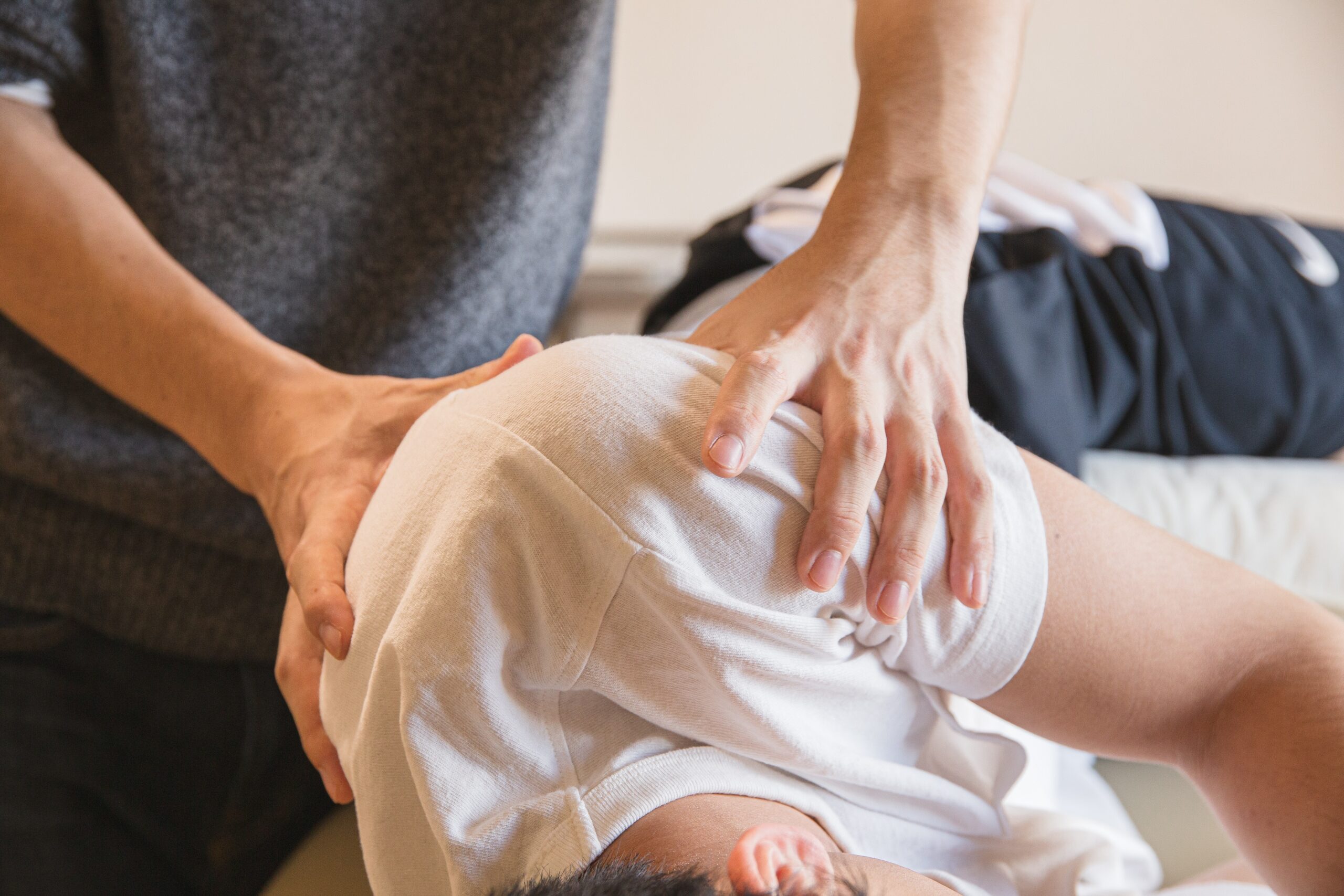
Why – “Posture Works”
Good Posture Vs Poor Posture
- The Importance of Good Posture: Good posture refers to alignment of the body that maintains the natural curves of the spine. When we maintain proper posture, our muscles, ligaments, and joints are in their optimal positions, reducing strain and promoting balance. This, in turn, helps us breathe more deeply, improves circulation, and allows our organs to function optimally. Good posture also enhances our physical appearance, showing confidence and poise.
- Consequences of Poor Posture: Unfortunately, modern lifestyles often lead to poor posture habits. Hours spent hunched over desks, slouching while using smartphones/ computers, and sitting for extended periods without breaks all contribute to poor posture. Over time, this position can lead to a range of health issues, including:
- Muscular Imbalances: Certain muscles become overactive and tight, while others weaken and lengthen, leading to muscle imbalances and potential pain.
- Chronic Pain: Poor posture places undue stress on the spine, joints, and muscles, resulting in chronic neck, shoulder, and back pain.
- Digestive Issues: Slumping compresses internal organs, hindering digestion and causing issues like acid reflux and constipation.
- Reduced Energy and Breathing Difficulties: Slouched posture restricts the lungs’ capacity, leading to shallow breathing and decreased energy levels.
- Negative Impact on Mood and Confidence: Poor posture can affect our mental state, leading to feelings of fatigue, stress, and even decreased self-confidence.
Tips for Improving Posture:
The good news is that improving your posture is within your reach. Here are a few tips to add to your daily routine:
- Mindfulness: Begin by developing awareness of your posture throughout the day. Make a conscious effort to sit and stand tall, aligning your ears, shoulders, and hips in a straight line.
- Ergonomic Workstation: Set up your workspace ergonomically, with an adjustable chair, proper desk height, and computer monitor at eye level to avoid slouching. Keep joints at 90 degrees.
- Regular Movement and Stretching: Take frequent breaks from sitting and engage in stretching exercises to alleviate muscle tension and promote flexibility.
- Core Strengthening Exercises: Building a strong core helps support proper posture. Include exercises like planks, bridges, and yoga poses that focus on core activation.
- Posture-Correcting Devices: Consider using tools like lumbar rolls, or foam rollers.
Incorporating good posture habits into your daily life can have a significant impact on your overall well-being. By maintaining proper alignment, you can reduce pain, improve energy levels, and exude confidence in all aspects of your life. So, stand tall, take care of your body, and embrace the transformative power of good posture.

